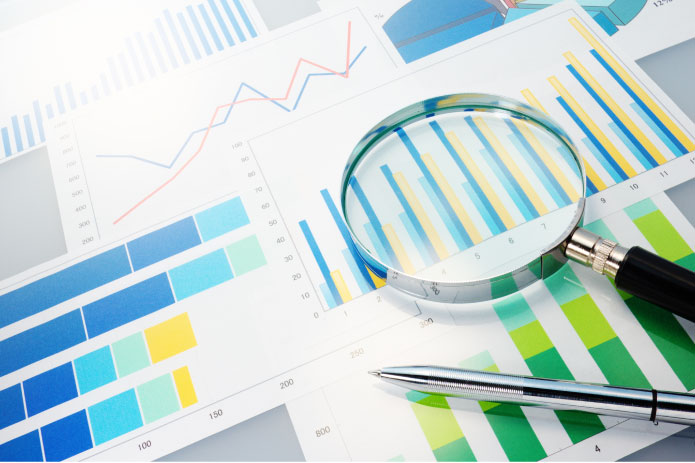A few years ago, imagining a world without cash seemed like science fiction. However, today we’re already accustomed to paying with a simple tap on our phones or even imperceptibly, with transactions happening automatically in the background. By 2025, this transformation continues to accelerate, shaping new consumption habits and challenging businesses to offer faster, more secure, and personalized experiences.
In Brazil, the impact of this evolution is evident. Pix, which quickly won over consumers, has established itself as the preferred payment method for both online and in-person purchases. With the introduction of Automatic Pix, which allows recurring payments without manual authorization, and International Pix, which promises to facilitate global transactions, convenience has never been more present in Brazilians’ daily lives. This shift not only speeds up consumption but also forces companies to rethink their strategies, ensuring they offer options compatible with this new reality.
At the same time, digital wallets are gaining even more traction. With a simple gesture on a phone or even wearables, consumers can make effortless payments. Beyond convenience, these wallets are becoming true financial hubs, integrating services like instant credit, cashback, and even investments. The shopping experience becomes more fluid, with no need to insert cards or fill out lengthy forms, removing barriers that previously led to cart abandonment.
Another key factor in the future of payments is the advancement of artificial intelligence and machine learning. These technologies not only optimize transaction security by identifying and preventing fraud in real-time but also personalize the consumer journey. It’s now possible for a payment system to suggest the best way to complete a purchase based on the user’s history, offering flexible installments, discounts for certain payment methods, or even pre-approved credit at the exact moment of need.
The expansion of ‘buy now, pay later’ (BNPL) is also reshaping people’s relationship with credit. This model, already popular among younger generations, allows consumers to acquire products without a traditional credit card, splitting payments into interest-free installments with instant approval. By 2025, this format is expected to diversify, catering to everything from small online purchases to larger transactions in sectors like tourism and education.
Meanwhile, the rise of central bank digital currencies (CBDCs) promises to further revolutionize the global financial system. Countries like Brazil, China, and the U.S. are already testing their versions of official digital currencies, paving the way for a future where international transactions can be conducted without intermediaries and at lower costs. For businesses operating in foreign trade, this means greater efficiency and competitiveness in previously inaccessible markets.
Looking at this horizon, one thing is certain: paying has never been easier, faster, or more invisible. The future of payments isn’t just digital—it’s smart, intuitive, and adaptable to each consumer’s lifestyle. And for businesses that understand and prepare for this shift, the opportunities are endless.
By Walter Campos, General Manager of Yuno


